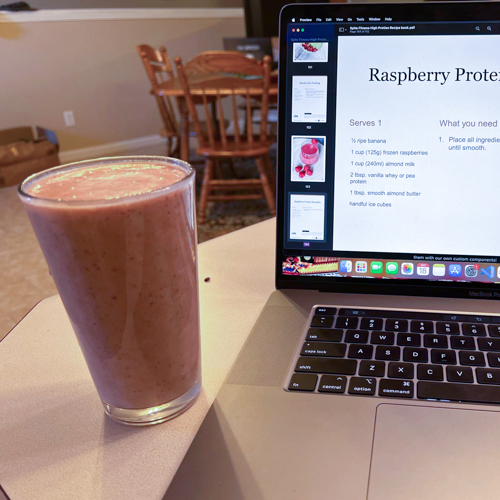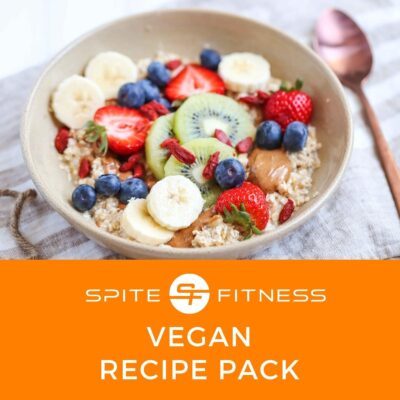Vegetables are the unsung heroes of healthy eating.
You can’t go wrong with them: They’re loaded with vitamins and minerals and they don’t take long to cook. They’re also easy to incorporate into every meal and snack. Though sometimes it can be challenge to eat enough of them. If you find it difficult to incorporate more veggies into your diet, try using some of these tips:
1. Always Have Vegetables on Hand
Plan ahead! Have Plenty Of Fresh or frozen Vegetables On Hand.
Planning ahead is the most important step to incorporating vegetables into every meal and snack. You can do this by keeping a list of your favorite vegetables on hand. As well as a variety of fresh or frozen vegetables. If you’re planning on buying frozen, make sure there are no added ingredients like oil or butter (which will just add unnecessary calories).
If you want to use fresh produce instead, look for seasonal items at your local farmer’s market. Stock up when they’re in season! You’ll pay more but get better quality produce that lasts longer than what’s available at the grocery store year-round.
When storing your new bounty of veggies, keep them away from heat sources. Places like stoves/ovens can make them lose their nutrients too quickly.
2. Add vegetables to breakfast.
Incorporating vegetables into your breakfast is a great way to start the day. You may be thinking that this sounds like a lot of work, but it’s actually pretty easy! All you need to do is add some vegetables (and maybe some fruit) to your usual morning routine. Here are some examples:
- Add sliced bell peppers or mushrooms to scrambled eggs before cooking them.
- Mash avocado with lemon juice and salt on toast or bagels.
- Make an omelet with spinach leaves inside it instead of cheese, or with cheese!
Try adding shredded carrots or broccoli to your morning smoothie. You can also add fruit like bananas, strawberries, or blueberries. Make a frittata with spinach and mushrooms; You can check out some great recipes on our site!

3. Pack snacks with Vegetables
When it comes to snacks, you’re probably used to grabbing a bag of chips or a piece of fruit. But there are plenty of other options that can be just as filling and much healthier for your body. Vegetables are packed with nutrients and fiber, which help keep you feeling full longer. Plus, they taste good too! Try some of these ideas next time you’re craving something crunchy:
- Cut up carrots or cucumbers into sticks and dip them into hummus or ranch dressing (you can also try slicing them lengthwise).
- Make vegetable pizza by topping whole-wheat tortillas with tomato sauce and any veggies that sound good–try mushrooms, bell peppers, onions…even broccoli florets!
Try baby carrots, which are small and sweet. Cut them into sticks or just bite right into them! Cut up green peppers and cucumbers with your favorite dip (ranch works well). If you have a vegetable chopper, try making some veggie chips by slicing potatoes thinly, then baking them in the oven until crispy (this can also be done with other veggies like zucchini).
4. Top your lunch with Vegetables
- There are many ways to incorporate vegetables into your lunch, but one of the best is by simply topping it with them! Here are some ideas:
- Add sliced tomatoes or cucumbers to sandwiches, wraps, and pitas.
- Use raw veggies as a side dish with grilled meats or fish. They’re especially good when mixed together in a bowl with olive oil, vinegar and salt–this makes an easy summertime meal option that’s not too heavy before heading back out into the heat!
- Try adding other ingredients like pesto sauce (made from basil), hummus (made from chickpeas) or guacamole (made from avocados).
- You can also use cooked vegetables as toppings for burgers/sandwiches by making them into spreads such as red pepper hummus, roasted garlic mayonnaise, or carrot & ginger dressing
5. Get creative with your Vegetables!
There are many ways to incorporate vegetables into your meals. You can:
- Add them to a dish, like adding sauteed spinach to pasta or making a stir-fry with carrots and bell peppers.
- Use vegetable stock instead of chicken or beef broth in soups and stews for extra flavor!
- Use herbs and spices that complement the flavor of your veggies (like rosemary with roasted potatoes).
- Use cooking techniques that bring out the natural sweetness of vegetables, like roasting broccoli or cauliflower with olive oil and salt until tender on the inside but browned on top.
Add vegetables to salads, like adding sautéed mushrooms and onions to your greens. Make veggie-packed soups that you can freeze in single servings so they’re ready when you need a quick meal.
Use vegetables as the star of your meal, like making a stir-fry with mushrooms and bell peppers. Add veggies to sandwiches, like adding spinach and roasted red peppers to chicken breast! Try new ways to cook your favorite veggies — you may be surprised by how much you like them!

6. Incorporate Vegetables Into Dishes You Already Enjoy
If you already enjoy a certain dish, try adding vegetables to it. For example, if you love pasta with marinara sauce and cheese, replace the pasta with zucchini noodles or spaghetti squash. Or mix in some spinach into your favorite chili recipe for a hearty vegetable upgrade!
To be clear: this doesn’t mean that every meal has to be completely different from what you’re used to eating–that would get boring fast! But if there’s an opportunity for improvement (e.g., swapping out rice or potatoes), then why not?
If you’re trying to add more vegetables into your diet, try this simple trick: eat one vegetable with each meal. For example, if you’re having pasta for dinner then add some spinach or tomatoes to it! Or if you have a sandwich for lunch, add some avocado slices. The same goes for breakfast–try adding some berries or sliced cucumbers on top of your oatmeal or toast!
7. Reap the rewards of Vegetables
By incorporating vegetables into every meal and snack, you can reap the rewards of a healthy lifestyle. As you’re probably aware, there are many benefits to eating more vegetables: improved health, energy levels and mood; better sleep; better digestion; clearer skin; and even a stronger immune system.
We hope you’ve found this guide to be helpful and inspiring. You don’t need to make sweeping changes in order to incorporate more vegetables into your diet–in fact, we think it’s better if you don’t! The best way to incorporate more veggies into your life is by finding ways to add them into existing recipes or meals that already work well for you. If there are some things on this list that don’t sound like they would fit with your lifestyle right now, don’t worry: just pick one or two ideas from each category that seem doable and try them out at least once before moving on.
👉 Dive into our vibrant online community 👈
Where sharing meal prep tips, swapping recipes, and crafting that perfect shopping list turns from a chore into your next great adventure. Here, we’re all about those monthly recipe books that speak your culinary language, meal plans that fit your life like a glove, and that unwavering support system cheering you on, every step of the way.
Remember, strength doesn’t always come from what you can do on your own; sometimes, it’s about being wise enough to harness the power of togetherness. Ready to elevate your meal prep game and transform your health, with an army of cheerleaders championing your success? Join us today. Together, we’re unstoppable.





